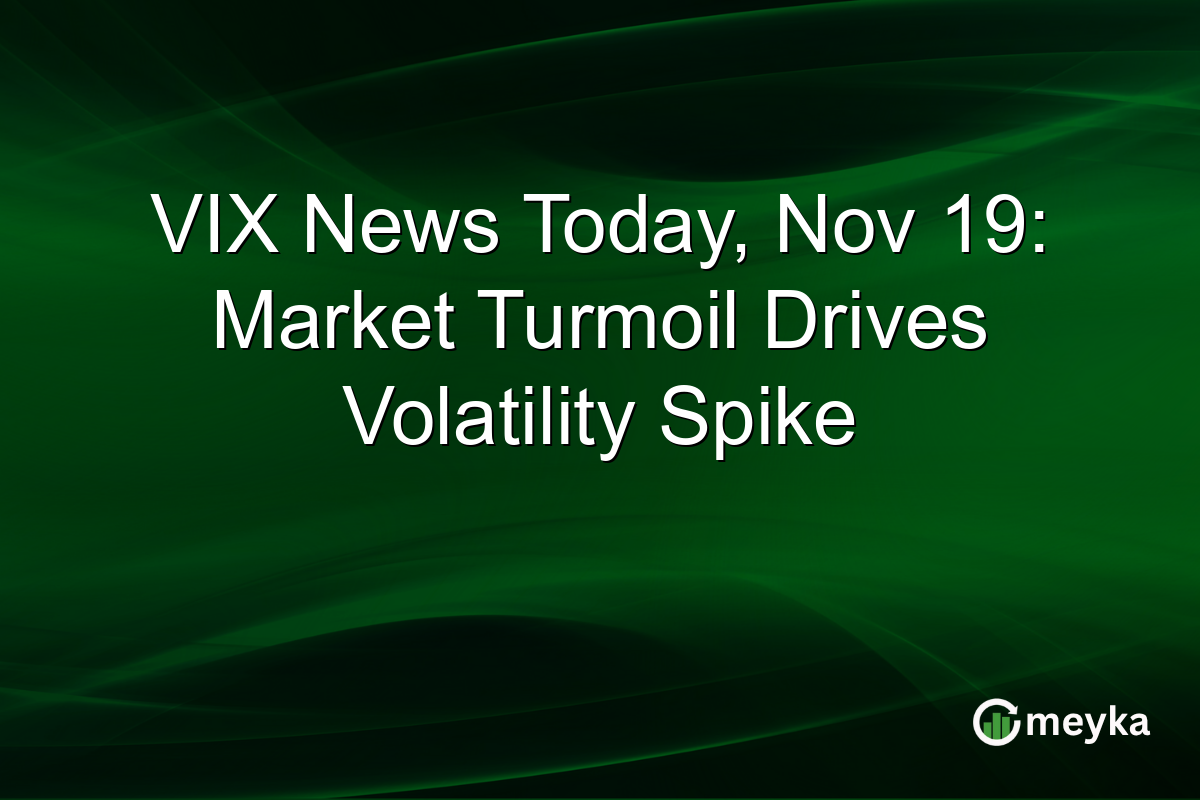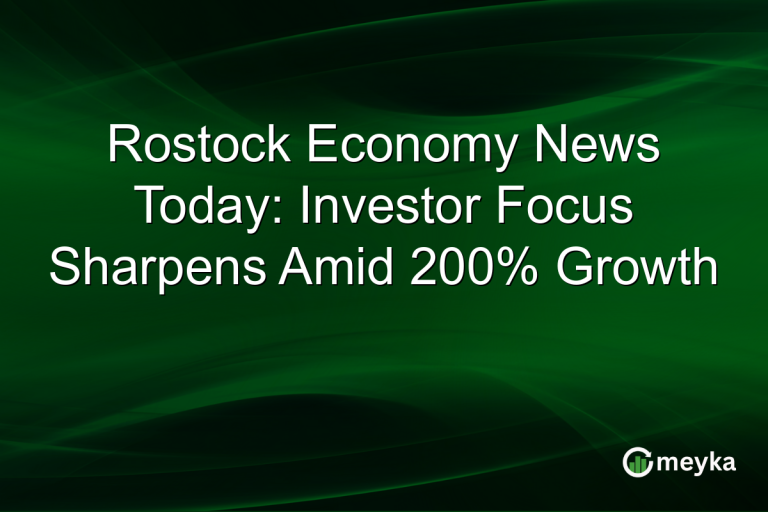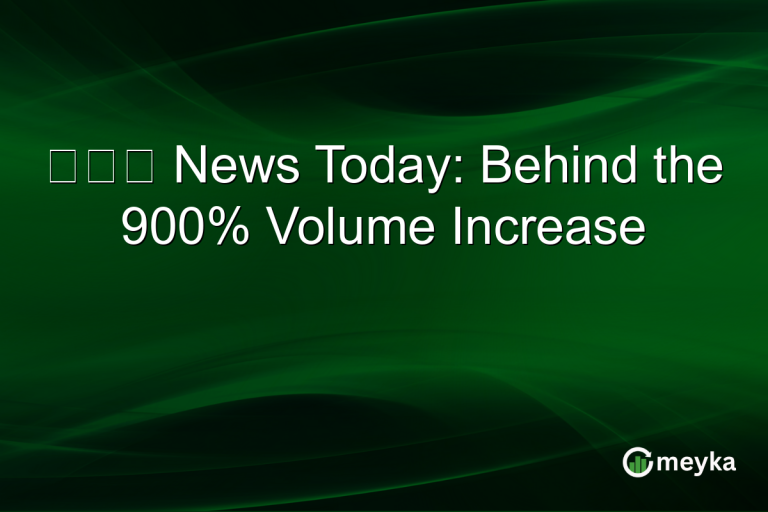VIX News Today, Nov 19: Market Turmoil Drives Volatility Spike
On November 19th, the CBOE Volatility Index (^VIX) surged significantly, reflecting instability in the financial markets. The VIX, often dubbed the “fear gauge,” rose to 24.69 with a 10.32% increase. This sharp uptick highlights concerns around global economic factors, including doubts about AI trading reliability and possible rate cut delays. As investors navigate these choppy waters, understanding the implications of this volatility spike is crucial.
Understanding the VIX Volatility Spike
The recent surge in the ^VIX highlights growing unease in investor sentiment. The VIX measures expected market volatility over the coming 30 days and is a popular index to gauge fear levels. Today, the spike signals enhanced market fears driven by economic uncertainties and geopolitical tensions. With the VIX reaching a day high of 25.84, far above its average values, this spike could indicate more than just short-term volatility.
Investors often see a high VIX as a call for caution. Historically, these spikes are precursors to significant market movements. This shows why a strategic approach to managing portfolios is essential in such times.
Factors Driving Market Volatility Increase
Multiple factors are contributing to this market volatility increase. Doubts about AI-driven trading strategies have emerged. These algorithms, once seen as reliable, may not fully adapt to current market complexities.
Moreover, rate cut expectations have created a volatile backdrop. Central Bank decisions now play a vital role in investor strategies. The probability of delayed rate cuts fuels these concerns and affects the market sentiment. Investors are closely watching these developments, strategizing around potential outcomes like rising interest rates.
For investors, assessing these factors will be key to managing risks during this turbulent period. Understanding the interplay between technology, central bank policies, and global events is essential for crafting resilient investment strategies.
Investor Sentiment and Market Reactions
Investor sentiment has been notably impacted by the current environment. The VIX volatility spike reflects a complex interplay of fears and expectations. According to market data, the index’s year high reached 60.13, showing potential for even greater fluctuations.
On social media platforms like X, discussions reveal concerns over asset valuations and economic outlooks impacting https://x.com/examplepost.
Investors should recognize these insights as more than just numbers. They provide a framework for determining potential future market conditions and preparing accordingly. Adapting to these changes requires flexibility and awareness of both subtle and overt signals from the market.
The VIX Trend: Looking Ahead
The VIX trend suggests increased caution in the coming months. Analyst forecasts suggest a range of potential outcomes, with projections spanning from a monthly $18.46 to a 7-year outlook at $28.97. The divergence in predictions underscores the uncertainty.
Technically, the VIX shows an RSI of 49.69 and an ADX of 45.52, indicating a strong trend. Short-term investors may find this data useful for planning entries and exits.
For Canadian investors, currency impacts and local economic conditions will also play a role. Monitoring these metrics alongside global trends is crucial for making informed decisions in this volatile environment.
Final Thoughts
As the market reacts to evolving global dynamics, the VIX volatility spike is more than just an indicator of fear—it’s a critical signal for investors. Investing strategically requires understanding these signals alongside broader market trends and economic developments.
The VIX’s current level reflects heightened anxiety about trading technologies and monetary policy changes. As investors in Canada and globally assess these factors, flexibility and data-driven decision-making are key.
Meyka can be a valuable tool in this regard, offering real-time insights and predictive analytics that help investors navigate these turbulent times effectively. By keeping a close watch on these indicators, investors can adapt to changes and position themselves for potential opportunities or risks that lie ahead.
FAQs
The VIX spike is driven by market uncertainties, AI trading doubts, and potential delays in rate cuts. These factors increase investor unease and impact volatility expectations.
The VIX measures anticipated market volatility. Higher values often indicate increased investor fear and potential for significant market movements. It’s commonly used to gauge overall market sentiment.
The VIX affects global markets, including Canada. Understanding it helps Canadian investors manage risks and strategize around currency impacts and local economic conditions.
Disclaimer:
The content shared by Meyka AI PTY LTD is solely for research and informational purposes. Meyka is not a financial advisory service, and the information provided should not be considered investment or trading advice.






